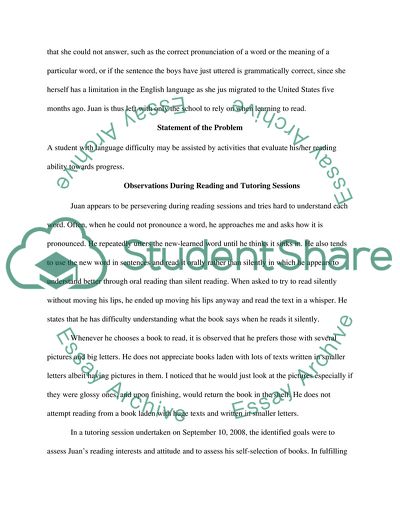Cite this document
(“Oral Language and Code-Related Precursors to Reading Essay”, n.d.)
Retrieved from https://studentshare.org/education/1548714-case-study-reading-problem
Retrieved from https://studentshare.org/education/1548714-case-study-reading-problem
(Oral Language and Code-Related Precursors to Reading Essay)
https://studentshare.org/education/1548714-case-study-reading-problem.
https://studentshare.org/education/1548714-case-study-reading-problem.
“Oral Language and Code-Related Precursors to Reading Essay”, n.d. https://studentshare.org/education/1548714-case-study-reading-problem.


